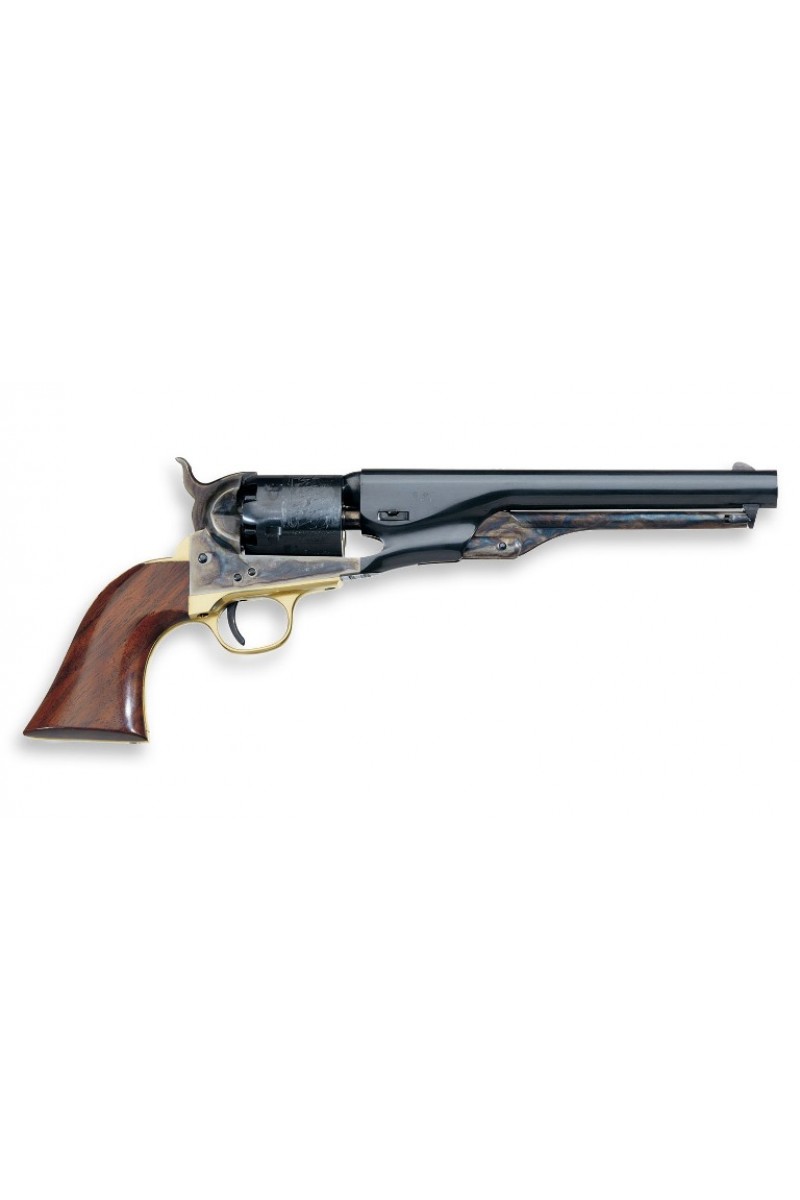

According to Remington ads, the take-down system wassimilar to that in the Remington Model 37 shotgun. The take-down button was moved from the bottomof the receiver to the left side. It had three raised thread areas asopposed to two on the Model 24. The interrupted thread concept was continued, butthe Model 241 system was significantly different. Browning’s company.The barrel on the new Model 121 was longer than its predecessor, the stockand forend were larger, and some internal parts were strengthened to accommodate thenewer high-velocity ammunition.

Since this was a “product improvement” to theModel 24 autoloader, royalties continued to be paid to John M. In fact, Remington’s earliestadvertising stated this to be “a man-sized gun” which was “bigger – heavier – andbetter” than the Model 24 it replaced. The Model 241 was a big brother to the Model 24 (similar to the Model 121’sreplacement of the Model 12 slide-action.22 rifle). The result of this work was the new Remington Model 241rifle and the first production guns were shipped in August 1935, only seven monthslater. Loomis began design work to improve theModel 24 autoloading rifle.


On May 24, 1933, DuPont purchased acontrolling interest in Remington, and with a much needed influx of cash, productupdates at Remington followed almost immediately.In January 1935, Crawford C. This was a natural because of Remington’suse of sizeable amounts of DuPont gunpowder. RemingtonArms Company, Inc., headed by Chairman of the Board Marcellus Hartley Dodge, hadlittle cash for day-to-day operations and practically nothing for product updates orimprovements.ĭodge searched for a financial partner, and the call was answered bythe munitions and chemical giant, DuPont. By 1932, losses for the one hundred andsixteen year old company were approaching $1,000,000 per year. ByJohn Gyde and Roy MarcotThe sale of Remington firearms declined dramatically duringthe depression.


 0 kommentar(er)
0 kommentar(er)
